DIY 24' fixture
aes123
17 years ago
Related Stories
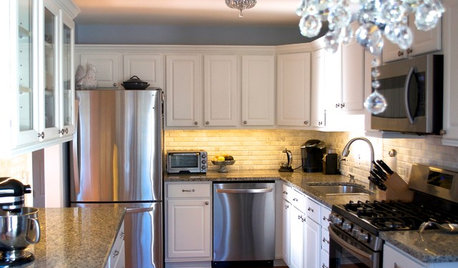
KITCHEN DESIGNDIY Spirit and $8,700 Transform a Townhouse Kitchen
The Spanos taught themselves some remodeling tricks, created a Houzz ideabook and then got to work on their kitchen makeover
Full Story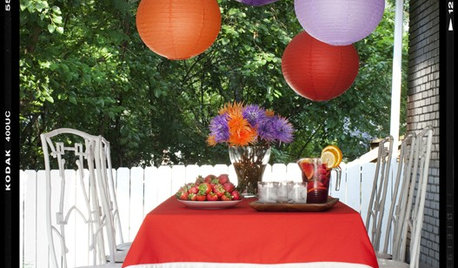
MORE ROOMSDIY: Turn Your Carport Into an Outdoor Dining Room
Paint the Floor and Set the Table for Your Own Parking-Space Party Zone
Full Story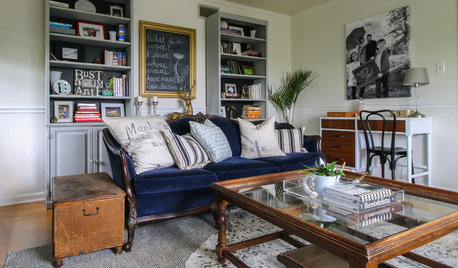
HOUZZ TOURSMy Houzz: Vintage Charm and DIY Style in Maryland
A Cape Cod-style family home overflows with hand-painted pieces and personalized style
Full Story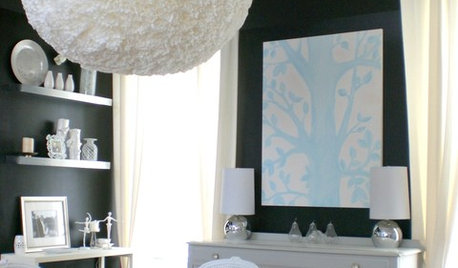
DECORATING GUIDESDIY: Fluffy White Paper Lantern
Recreate this cloud-like light fixture using a surprising secret ingredient
Full Story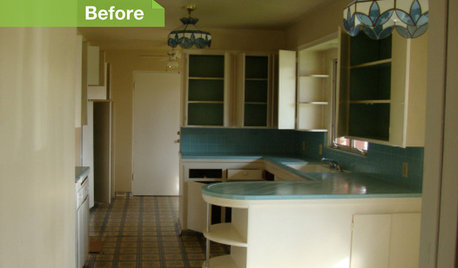
KITCHEN DESIGN24 Dramatic Kitchen Makeovers
From drab, dreary or just plain outdated to modernized marvels, these kitchens were transformed at the hands of resourceful Houzzers
Full Story
LIGHTINGWhip Up a Lighting Fixture From a Tart Tin
Turn your old kitchen bakeware into an industrial-style hanging lamp with this clever DIY project
Full Story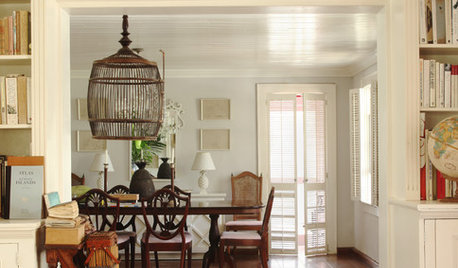
LIGHTING12 Fun Light Fixtures Made From Found Objects
Trash became treasure in these one-of-a-kind lights. See if they inspire your own DIY pendant project
Full Story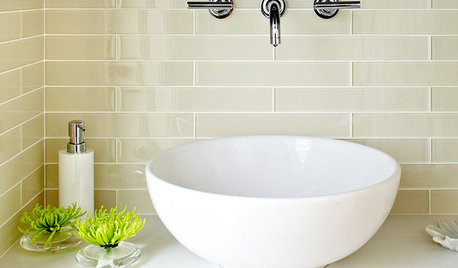
REMODELING GUIDESFinishing Touches: Pro Tricks for Installing Fixtures in Your Tile
Cracked tile, broken drill bits and sloppy-looking fixture installations? Not when you follow these pro tips
Full Story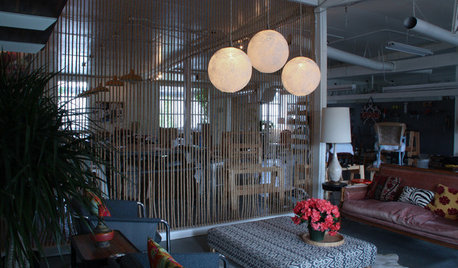
DIY PROJECTSLace Goes Modern in an Upholsterer's DIY Pendant Lights
Bring romance to a room with delicate pendant lights you can make yourself
Full Story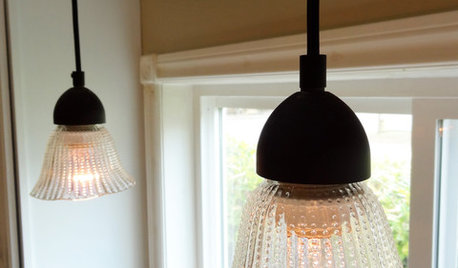
LIGHTINGLift a Room's Look With a DIY Pendant Light
Help your kitchen hang with the best of 'em with a pendant light kit and a salvaged glass shade
Full StorySponsored
More Discussions






mikeybob
aes123Original Author
Related Professionals
Erie Landscape Architects & Landscape Designers · Saint Charles Landscape Architects & Landscape Designers · Amesbury Landscape Contractors · Cupertino Landscape Contractors · Hollywood Landscape Contractors · Mason Landscape Contractors · Mendota Heights Landscape Contractors · Methuen Landscape Contractors · Ronkonkoma Landscape Contractors · Sun City Center Landscape Contractors · Shenandoah Landscape Contractors · American Fork Fence Contractors · West Columbia Fence Contractors · Dallas Roofing & Gutters · Westfield Roofing & Guttersshrubs_n_bulbs
aes123Original Author
shrubs_n_bulbs
aes123Original Author
shrubs_n_bulbs
aes123Original Author